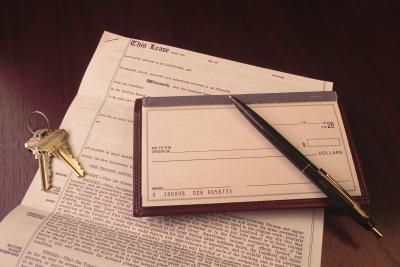Managing a property means you run the risk of attracting delinquent or bad tenants. You can avoid this by adopting some best practices that include the following guidelines.
1. Know the rules for dealing with bad tenants
Study your local and state regulations so that if you have troublesome lessees, you’ll be able to rectify the situation easily.
2. Conduct tenant screening
Don’t rush into any agreements with interested parties. Be sure you collect many applications and study them carefully instead of quickly choosing someone who seems perfect for an apartment or house. This can include references from previous tenants as well as character recommendations from employers and acquaintances.
3. Create minimum standards
If you’re afraid of dealing with bad tenants, come up with the absolute limits you’ll put up with before you decide to evict them. Coming up with them before signing an agreement will prevent you from jumping to conclusions and overreaching the boundaries of the lease.
4. Maintain documentation
Before letting someone move onto a property, take plenty of pictures. You should also keep repair and remodeling documents on hand so you can prove certain work was undone by bad tenants.
5. Perform an investigation
The chances are good a person who has failed to pay one kind of bill will do so again. Ask for utility bill receipts or other kinds of financial records from tenant applicants to prove they’re financially responsible.







